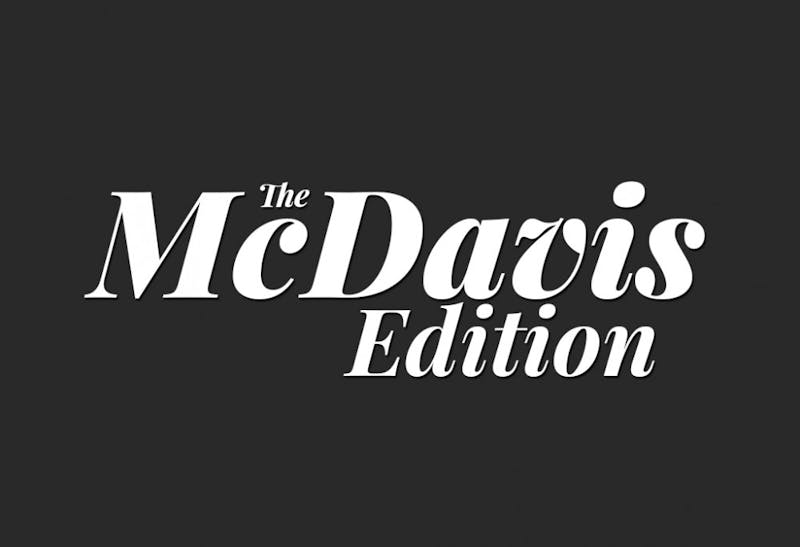

Seth Archer
02.15.17
When Ohio University President Roderick McDavis laid out ideas in his first month on the job, he acknowledged his goal of improving OU’s reputation as a national research institution.
A year later, McDavis said both the Heritage College of Osteopathic Medicine and the Russ College of Engineering and Technology were essential to improving OU’s research reputation.
“I want to look at our landscape and colleges and say, ‘Who’s in the best position to attract money that’s being made available for research?’ ” McDavis said in a previous Post report. “The two that come right to the top of my list are the College of Osteopathic Medicine and the Russ College of Engineering and Technology.”
Since then, both OU-HCOM and the Russ College received gifts of more than $100 million.
The Heritage College of Osteopathic Medicine in particular has seen an improvement to facilities and research funding, Kenneth Johnson, executive dean of OU-HCOM, said.
“For the Heritage College, research has really grown dramatically during his presidency,” Johnson said.
For OU-HCOM, that money came from the Osteopathic Heritage Foundation in the form of a $105 million grant.
“A large portion of the gift is devoted to research, and that includes hiring faculty (and) building on infrastructure to support research,” Johnson said, adding that part of the focus is for diabetes research.
About $32 million of the grant were spent in the first five years. The primary projects the grant has funded include scholarships, research and part of the college’s Dublin campus, which cost about $14 million.
Richard Vincent, president and CEO of the Osteopathic Heritage Foundation, said the foundation had been interested in donating to the college for a while.
“We’ve enjoyed the relationship. We love OU obviously,” Vincent said in a previous Post report. “The first endowment we did from our foundation back in ’01 or so was to OU. And we knew at some point we would do a significantly larger grant, the largest in our history and the largest it’ll ever be in our history.”
Johnson said McDavis played a “major role” in securing the grant and that he sat in on meetings afterward to plan how the money would be used.
The money donated to the Russ College came from the college’s namesakes, Fritz and Dolores Russ, who donated about $124 million: $95 million in 2008 and then $29 million more to the college. The gifts were part of the McDavis-led Promise Lives Campaign.
"It’s incredibly humbling to realize how much Fritz and Dolores trusted in, and believed in the promise of, the students, faculty and staff of the Russ College to have chosen us for this legacy," Russ College Dean Dennis Irwin said in a 2011 news release.
Johnson cited McDavis’ help in raising money for the Academic and Research Center on West Green that opened in partnership with the Russ College in 2010.
McDavis also stressed in 2005 the importance of identifying six to eight “niches” of research.
Since then, the college has become noted for diabetes research and neuromusculoskeletal research, especially with the Ohio Musculoskeletal and Neurological Institute and the Diabetes Institute, which are both housed at OU.
“Through the whole time that I’ve known him, he’s really challenged the Heritage College to think about how we can be great in those areas of research,” Johnson said.
During McDavis’ tenure, OU-HCOM also saw the opening of two regional campuses in Dublin and Cleveland. The Cleveland campus cost $20.2 million.
Johnson said the college has tripled the amount of externally funded grants over a three-year period of time and built a $17 million endowment for research.
Landing Page
OU President Roderick McDavis is leaving February 17. The Post looks back at his time as Ohio's president. Click this box to read the rest of the stories from this issue.